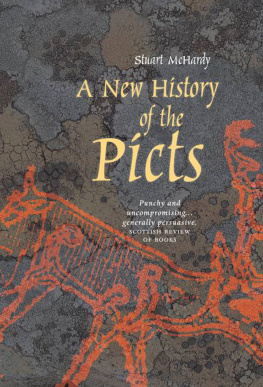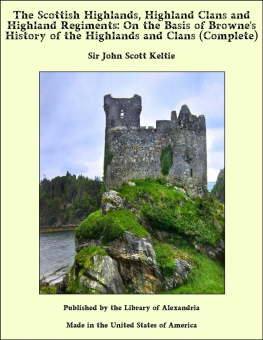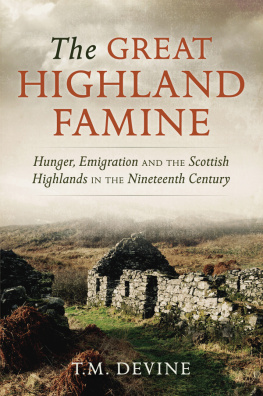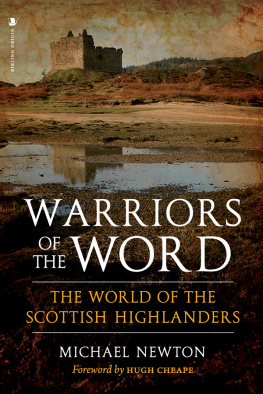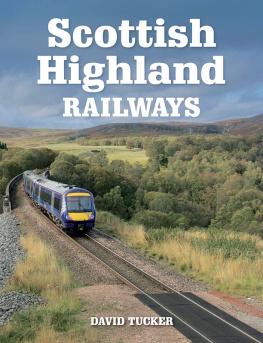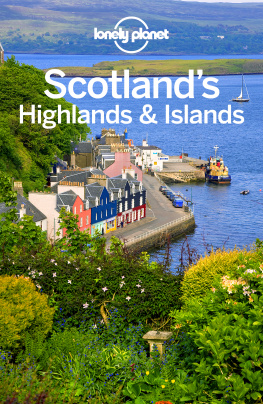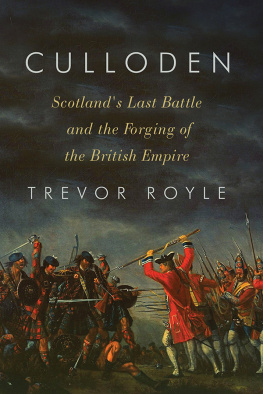School of the Moon
The Highland Cattle-raiding
Tradition
by
Stuart McHardy
First published in 2004 by
Birlinn Limited
West Newington House
10 Newington Road
Edinburgh EH9 1QS
www.birlinn.co.uk
Copyright Stuart McHardy 2004
The moral right of Stuart McHardy to be identified as the author of this work has been asserted by him in accordance with the Copyright, Designs and Patents Act 1988
All rights reserved. No part of this publication may be reproduced, stored or transmitted in any form without the express written permission of the publisher.
ISBN 1 84158 300 6
ePUB ISBN: 978 1 78885 299 9
British Library Cataloguing-in-Publication Data
A catalogue record for this book is
available from the British Library
Typeset by Hewer Text, Edinburgh
Printed and bound by
MPG Books, Bodmin
This book is dedicated to storytellers everywhere
One time the famous Cateran known as the Halkit Stirk was wounded in a skirmish in Strathspey and was left in the care of a family of Stewarts who were foresters at Glenmore. One day he said to his hostess, Thats a fine manly son you have there. I would say he was ready for the school. How old is he? She replied, Hes twelve and he has been going to the school at Ruthven for two years now. The reply came, Cha neill e Sgoille a phaipear ghaeall bhami ciallachadh, ach sgoille-na-geallaich [It is not the School of the White Paper I am thinking of, but the School of the Moon]. The School of the Moon where the subject was cattle raiding and the classroom set in the moonlit nights of autumn. It was little wonder that the autumn moon was known in parts of Scotland as MacPhersons Lantern, for it was by its light that the MacPhersons and so many other clans made their way through the wild country of Scotland to lift the cattle of other clans and head off back home with them. There was also a saying that Highland chiefs counted out their daughters tochers [dowries] by the light of the Michaelmas moon.
Preface

This book presents both stories derived from traditional sources and historical information regarding one of the central activities of the warriors of the Scottish Highland clans cattle raiding. Which collecting traditional tales about this ancient activity I began to realise that quite a few of the stories that told of events in the 18th century concerned identifiable historical characters. The contemporary records, some of which, like the Cantonment Registers of the British army the records of the locations and activities of the army are still unpublished, and tell a remarkable story. In the years after the last Jacobite battle on Drumossie Moor that we now call Culloden, the British Army was involved in what we would now consider ethnic cleansing. The widespread brutality much of it perpetrated by Scotsmen of both Highland and Lowland origin is well documented in a remarkable and heart-rending book called The Lyon in Mourning. The evidence from the period confirms that the Jacobite rebellions are best understood as Civil Wars, driven by a complex set of ideas.
What has not been documented is the extent of the Army occupation of Scotland throughout the 1740s and 1750s. There was hardly a town or glen that did not have its own garrison, and the ostensible reason for this was the fact that some of these historical characters, like Iain Dubh Cameron, the Serjeant Mor, took to cattle raiding as a means of survival. The records clearly suggest that what was going on was a form of guerrilla warfare in which scattered bands of Jacobite Highlanders continued to stay out i.e., they refused to give up their battle with the British Army, even though it must have been clear, to some of them at least, that they had no long-term chance of success, or even survival. In their reliance on cattle raiding these last Jacobites were continuing a practice of inter-tribal activity that had been part of clan life for many centuries, and may have had its origins as far back as the Iron Age.
So this book combines both traditional tales and historical information in an attempt to come to terms with the real story of the last years of the ancient Celtic-speaking warrior society that had survived in the Scottish Highlands from time immemorial into the modern age.
Introduction
For centuries the Highlands of Scotland, like the Border marches and the hills of Galloway were seen by central government as lawless, dangerous places, populated by battle-hardened thieves who came down from their hills and carried off the cattle of farmers in many parts of the Lowlands. In the Highlands these so-called thieves were simply men of the clan, all trained as warriors and keen to show their skill and judgement in raids on others cattle...
A story told by Edward Burt in Letters to a Gentleman from the North of Scotland, written in the 1730s, gives a clear example of how the Highlanders themselves viewed the activity of cattle-lifting.
A Highlander had been arrested after taking a considerable number of cattle and was brought to trial. The punishment, if found guilty, was death by hanging. The indictment was read setting forth that as a common thief he had lain in wait, etc. On hearing the accusation the Highlander burst forth in a torrent of indignation, Common thief, common thief! One cow, two cows that be common thief! Lift a hundred cows that be gentleman drovers.
If executed, such men were seen as martyrs by their peers, for to them it was not stealing. What they were doing was following an honourable tradition of inter-clan cattle-raiding that had probably been going on since the Iron Age, if not earlier. The clans (the Gaelic word clann means children), were a society totally different from Lowland society in Scotland and England. The clan was a tribe formed from the descendants the children of a shared common ancestor and all the men were warriors. And these warriors went by the name of cateran, which seems originally to have meant a band of armed men. It seems likely that the reference to raiding parties as caterans arose from the fact that this was a regular, if not an integral part of clan society.
Like their counterparts in the Borders and Galloway the Highlanders society was defined by kin-group the family. Loyalty to the clan was paramount. Although by the 18th century the clans held title-deeds to their lands, in the main these charters were given in recognition of the fact that they had held these lands since time immemorial, a ghlaive by the sword. This does not mean that they had come in and taken the land by force, but that they were a warrior race who held their lands against all incomers through their bravery and skill at arms. Surrounded by their kin, they were as tied to the land as the animals and birds that lived in the Highlands: this was their territory. And to hold that territory they had developed a society in which every able-bodied male was trained as a warrior. Taught as children how to fight with sticks, as young men they learned to handle the sword and the bow later the gun the shield and that ubiquitous weapon/tool the dirk.


